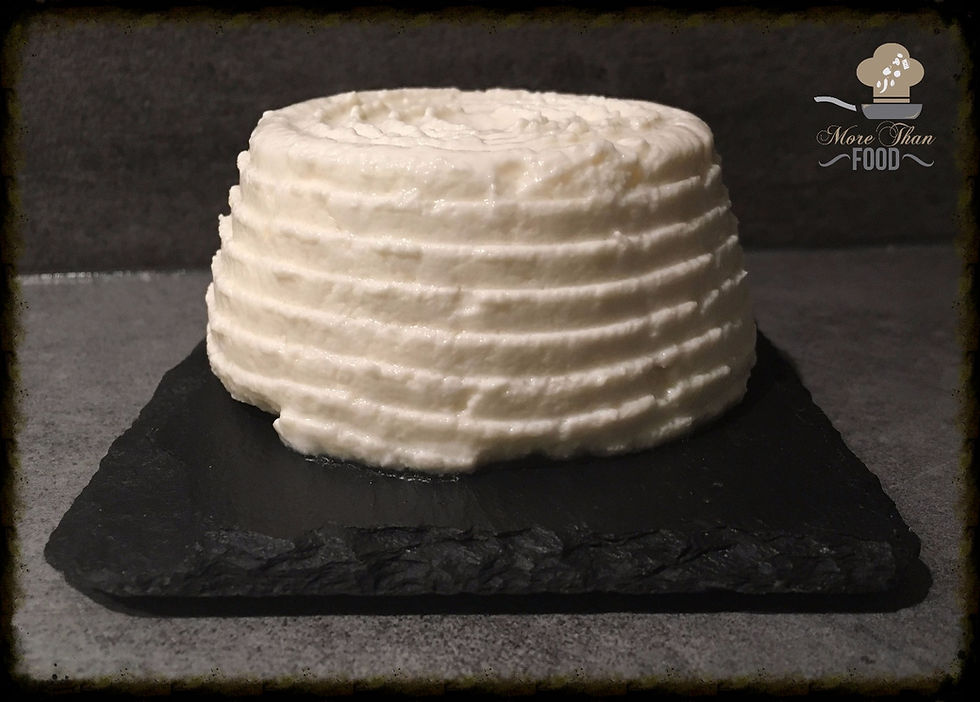Homemade Ricotta. Traditional one or Lactose free.
- Riccardo Fortuna
- Nov 25, 2016
- 2 min read
Everybody loves ricotta cheese, but you don't get to see it often outside of Italy and sometimes it may appear too expensive for a cheese. Anyway, even though it's worth the cost for its freshness and country taste, here's a recipe that may amuze your guests! I would also suggest, for the lactose intolerant to try to do this recipe with a lactose-free milk. It 'a different course, but given the low availability of lactose-free ricotta, could come in handy. The photos below relate to a lactose free ricotta cheese that I made at home.
The word "ricotta cheese" which in italian appears to be a logical deduction, indicates that it is cooked more than one time (ri-cotta). It is the second firing of the residue of milk clotting from which was drawn the cheese (the so-called primo sale). In the beginning it was just warm the serum waiting for the emergence of flakes on the surface, but over the centuries there have been attempts to introduce elements that would promote clotting, increasing the output per liter. Obviously for speed and comfort the homemade ricotta has a slightly different procedure from that classic.

Preconditions: First I would suggest using the whole milk, unless you want to try the recipe with lactose-free milk. Whole milk has more fat than than skimmed milk (and less than the "raw"), but, as often happens, the fats give it a better flavor. The cow's cheese is still the least fat, at least compared to that of sheep or buffalo. As an acidic solution to trigger the reaction that we will get the ricotta from the whey, it is often used lemon, two tablespoons per liter of milk. But it can be used a not-so-strong vinegar, for example apple or white wine. Obviously, to be Orthodox, you can use the rennet (two teaspoons per liter), but sometimes it is not easy to find. Ingredients: 1 liter of whole milk (lactose free if you want to try) 1/2 lemon juice Method: Heat up a pan with medium heat milk.
Bring the milk to 80 degrees temperature using a thermometer. When reached the temperature add the lemon, you switch off the heat and stir slightly. Let stand for 10 minutes. and PLEASE NOTE: if you do not have a thermometer, you can add lemon (or vinegar) indicatively when the milk will begin to show the bubbles on the sides.
After this time, you can observe that the coagulation phenomenon has brought to the surface of the curd flakes that you have to take with a slotted spoon and put them to drain in a special basket. If you do not want it too dry, remove it from the mold after five minutes. Let stand in refrigerator. It will be fresh for up to three days.




















Comments